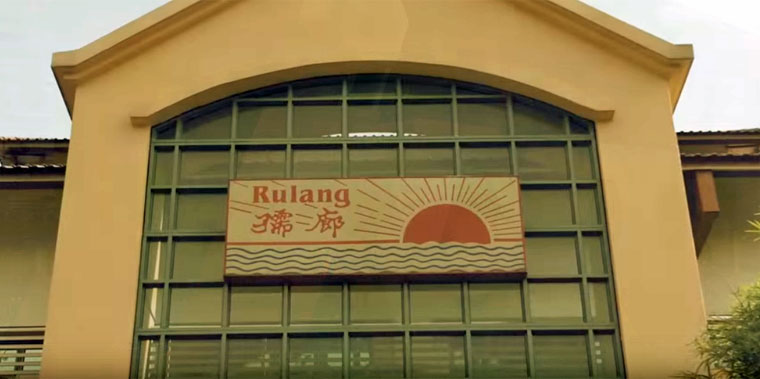This is the fourth year that the Ministry of Education (MOE) is not revealing the top PSLE scorer.
Since 2013, it also has not revealed the highest and lowest scores achieved by pupils in the cohort.
All these rules were enforced in a bid to reduce the emphasis on academic results.
However, that hasn't stopped rankings-obsessed people in Singapore from trying to put together their own list or even floating around their own versions of top PSLE scores online.
Here is one of the unofficial, but allegedly top PSLE T-Scores, a.k.a. aggregate scores*, in 2015, via mathsproblemsums.com, which was seemingly tabulated and subsequently put out on Nov. 26, 2015, one day after PSLE 2015 results were announced:
 Source: mathsproblemsums.com
Source: mathsproblemsums.com
*[The sum of the four subjects' T-Scores combined make the aggregate score, at least according to this explanation.]
It is not known how this list was even compiled, but as you can see, it claims that the highest 283 aggregate score went to Nanyang Primary School and Rulang Primary School.
For those of you who are really keen, here's a primer about what T-Scores, also known as Transformed Scores, are:
• T-scores are "Transformed Scores" for each subject that give the relative rank or position of a pupil’s performance compared to all the other pupils.
• T-scores are used to standardise raw scores across the level or cohort.
• T-scores allow pupils to be ranked fairly.
• Because of the way T-Scores are tabulated, there is no such thing as a highest PSLE aggregate score or a maximum of 300.
• In principle, the higher the aggregate score, (e.g. 294 in year 2007), the wider the standard deviation, the more difficult the exam(s) that year, the more distinctive the better top students are from the majority.
How are T-Scores calculated in PSLE?
• T-score is the adjusted score a student will get for a subject after factoring in the level or cohort’s mean and Standard Deviation for that subject.
• The formula for T-Score is

X = Raw score of student in the subject
Y = Average or Mean Score of the level or cohort
Z = Standard Deviation (SD) of the level or cohort Standard Deviation (SD) is the spread of the marks around the average.
Have Nanyang & Rulang Primary School produced top primary school students previously?
The answer is yes. In fact, the last known top student came from Rulang Primary School. She scored an aggregate of 283 in 2011.
Nanyang Primary School's history of top PSLE performers is even more illustrious.
Nanyang Primary has produced Singapore's top pupil in the PSLE for four consecutive years from 1993 to 1996. Past newspaper reports also featured Nanyang Primary School students topping the cohort in 2008 (aggregate score: 287), 1999 (aggregate score: 285), 1998 (aggregate score: 288).
A total of 39,286 Primary 6 students sat for the PSLE this year. Among these students, 38,610 students (or 98.3%) can proceed to secondary school. This is higher than 2014's 97.6 per cent.
Related article:
5 reasons why we should get rid of the PSLE for good
If you like what you read, follow us on Facebook and Twitter to get the latest updates.
If you like what you read, follow us on Facebook, Instagram, Twitter and Telegram to get the latest updates.
